Sunscreen is often something that most people don’t think about until they’re on a beach holiday or enjoying the sweltering hot months of summer. In fact, most of the time, people believe that if they don’t usually burn, they don’t need to apply sunscreen.
That is not the case.
Unfortunately, the fact is that being out in the sun always increases a person’s skin cancer risk, no matter their skin tone. This is why ideally we should use sunscreen every day. That said, the variations between different skin tones does have an effect on the way the sun’s rays affect us.
Skin Types and Sensitivities
Research on skin type and sun sensitivity was first enriched in 1975 by Harvard Medical School dermatologist Thomas B. Fitzpatrick. He created the Fitzpatrick Scale to help classify skin complexions and their reactions to cosmetic treatments and sun exposure.
This scale is still used today as a numerical system to determine the amount of melanin in the skin and its reactivity to the sun’s exposure. According to the Fitzpatrick Scale, people can have one of the following skin types.
- Type 1 – Typically has light, ivory skin but always burns and peels but never tans when exposed to the sun.
- Type 2 – Has a light, fair complexion and burns quickly when exposed to the sun and rarely tans.
- Type 3 – Usually has a beige tint to the skin and may burn when exposed to the sun, but is capable of tanning.
- Type 4 – Has olive skin or a light brown tone and will not freckle when exposed to the sun. This person rarely gets a sunburn and tans regularly.
- Type 5 – Is a dark brown or black skin tone, rarely gets a sunburn and always tans under sun exposure.
- Type 6 – Is black and is the darkest skin tone. This person never burns and quickly tans when exposed to the sun.
The first three skin types have the highest risk of burning when exposed to the sun. And although these last three skin tones have a lower risk for sunburn, it’s important to keep in mind that everyone is still susceptible to the damaging effects of harmful UV rays - even on cloudy days!
UV Exposure
Three types of UV rays penetrate the skin, and they all have a powerful effect on skin health.
UVA rays pass through the ozone and penetrate the deeper layers of skin. These cause the skin to tan, promote premature ageing, and are responsible for developing certain types of skin cancers. A whopping 95% of UVA rays make it through the ozone and reach the earth.
Only 5% of UVB rays pass through the ozone and hit the outer layer of the skin, causing sunburns and the delayed effect of tanning. UVB rays are the culprit for most forms of skin cancer.
UVC radiation is the most dangerous on the UV radiation spectrum, and the most harmful to humans. Thankfully they don't make it through the ozone. WHEW! These UV rays are typically only artificially created for lighting or devices to kill harmful bacteria. Thank goodness for that!
So now that we have the technical stuff out of the way, let’s talk about how to protect yourself and still get out and enjoy your daily dose of vitamin D.

Sun Safety Tips
When it comes to your health, whether it’s your internal systems or your skin, you must remember three things: protection, protection, protection.
Who needs to wear sun protection? Everyone! All skin tones. All ages. All binary and non-binary individuals. Literally everyone, no exceptions.
Do You Need to Wear Sunscreen Every Day?
Yes. Sun protection is every skin tone’s best friend, and not just in the summer, but all year round. Even on cloudy and rainy days, 80% of UV rays can penetrate the skin.
UV rays are potent and shine 365 days a year, with intensity measured on an index level. When levels are high, it’s important to reapply sunscreen with a minimum SPF of 30 more frequently when outdoors.
The higher the SPF level of your sunscreen, the longer you can remain in the sun without burning, but the rule of thumb is reapplication every two hours for maximum sunscreen protection.
So what is the best sunscreen? What protects against both harmful UV rays and sun damage? The answer is broad-spectrum sunscreen

The Best Sunscreen Has Broad Spectrum Protection
Always reach for a broad-spectrum sunscreen to protect against both UVA and UVB rays.
Initially conceived of as a healing salve in Switzerland, Elta MD is a professional sunscreen trusted by dermatologists worldwide, a sort of magic formula to protect every skin type. Their line of products has expanded to include cosmetically elegant sunscreens to fit every lifestyle.
The Elta MD line also includes physical sunscreens with mineral-based ingredients, such as zinc oxide and iron oxide. Iron oxide is especially beneficial because it protects against blue light, which emanates from computer monitors, cell phones, tablets, and TVs.
Elta MD’s broad-spectrum sunscreen is non-comedogenic, free of parabens, perfumes, and gentle enough for sensitive skin. For your convenience, it can also be worn under make-up.
You don’t need to cover up with sun-protective clothing or carry around a UV parasol any more. Protect your skin with Elta MD and embrace the sunshine!




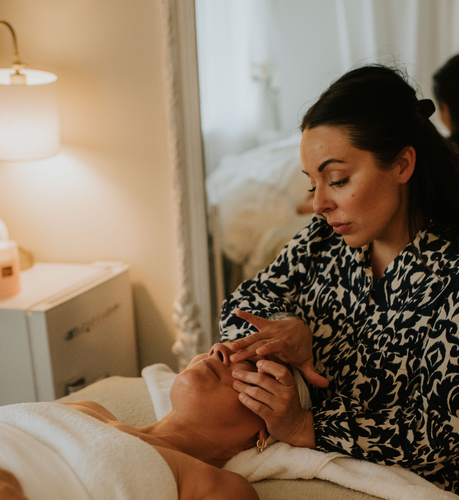
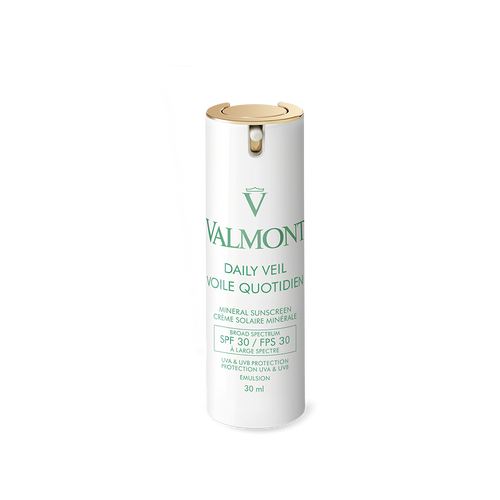
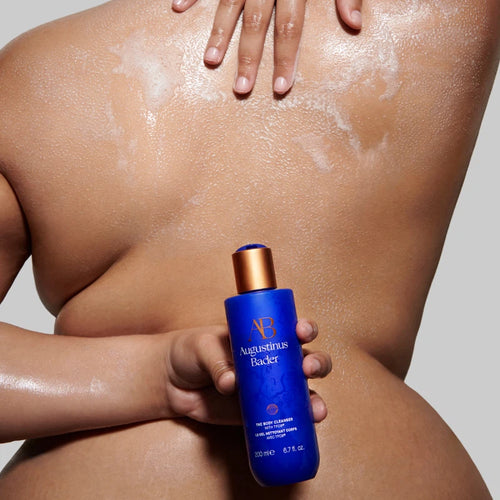
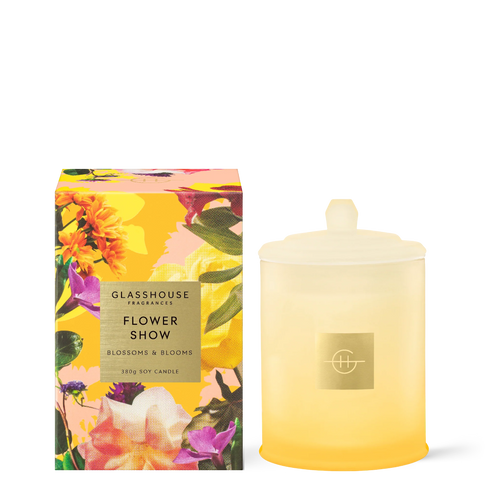
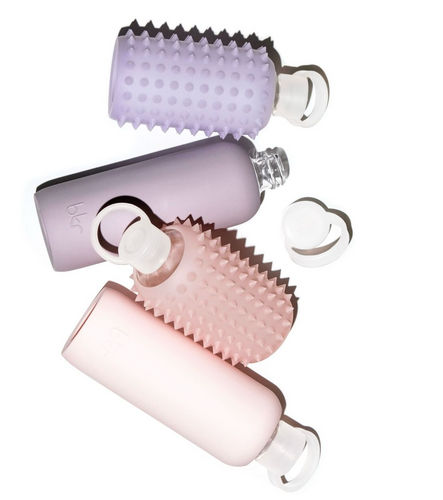







Leave a comment